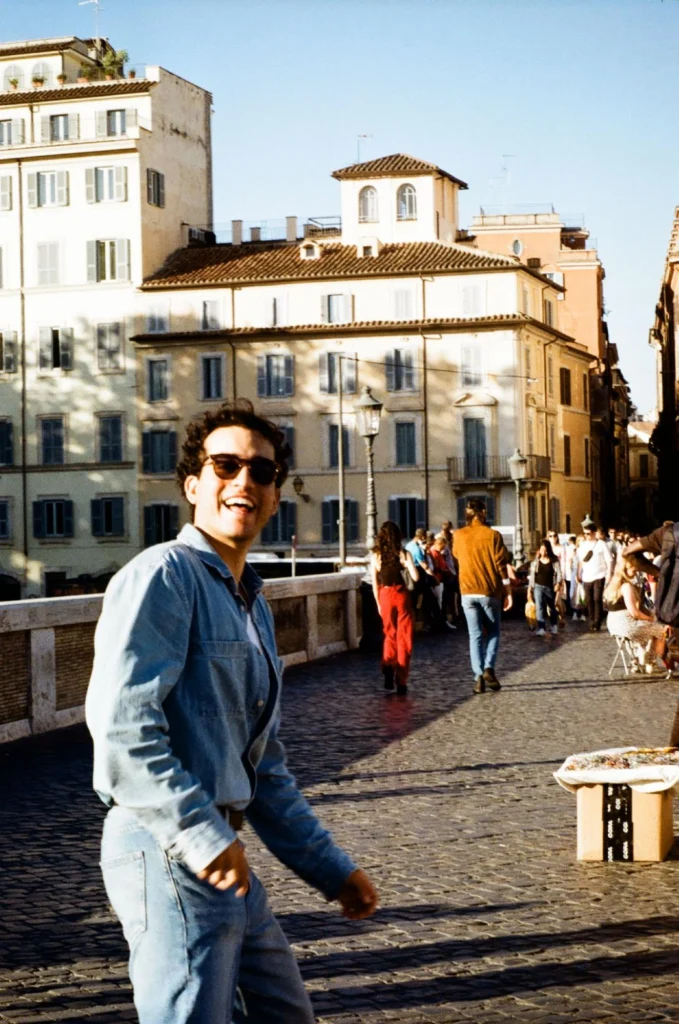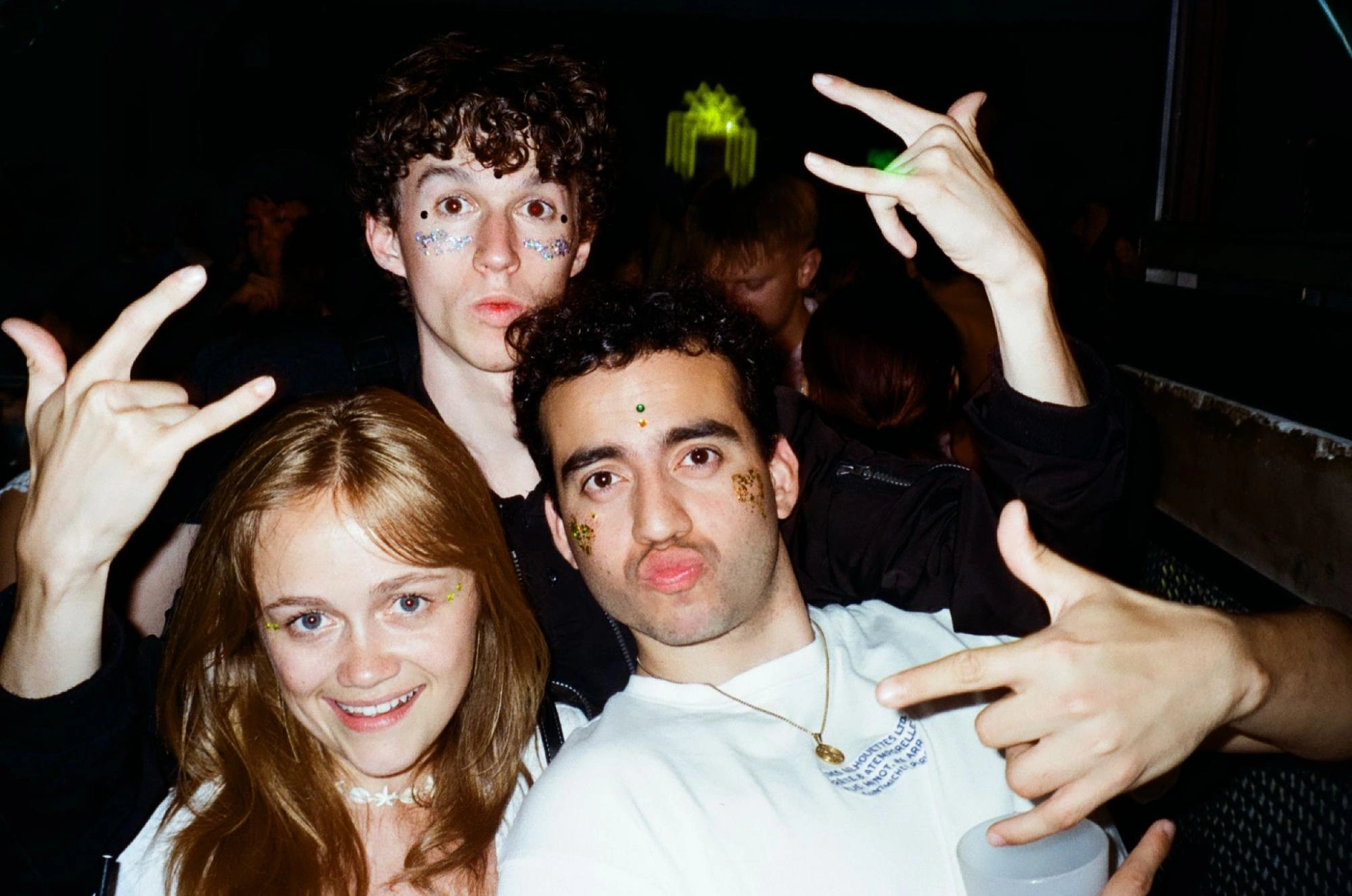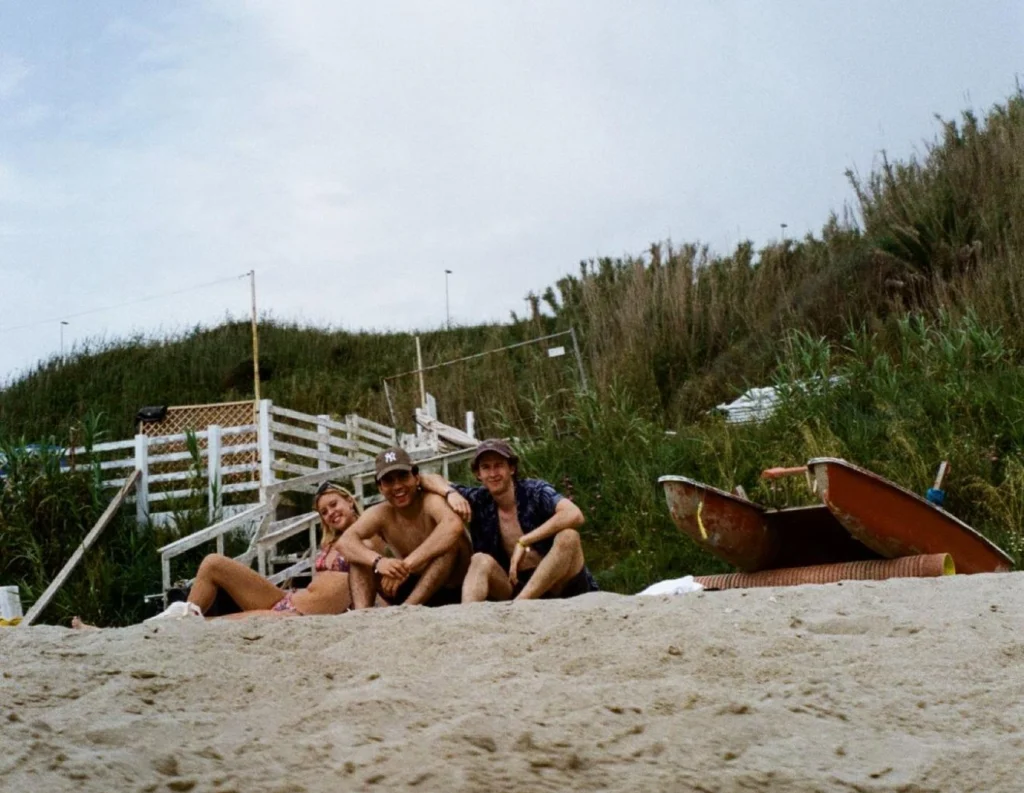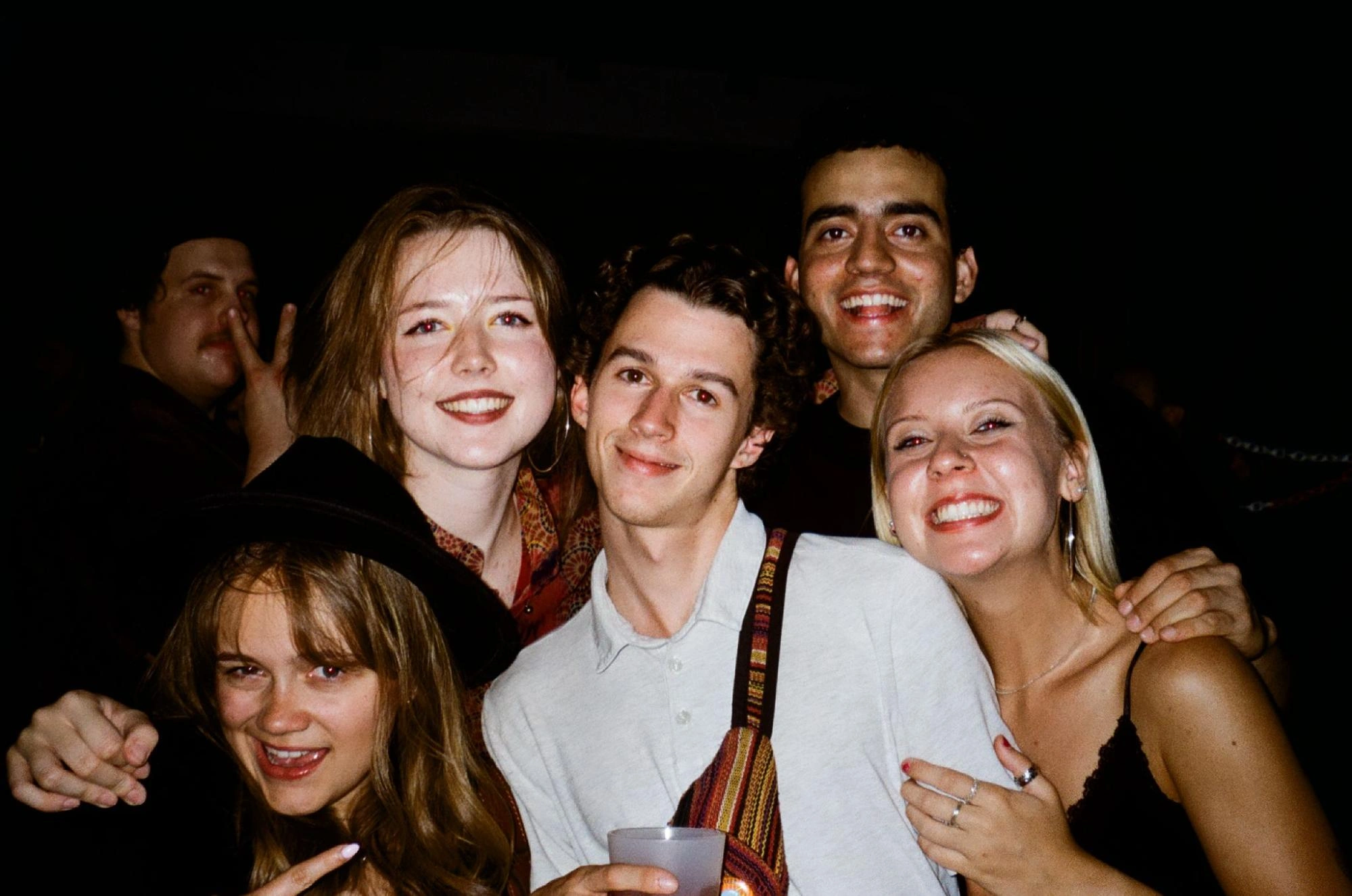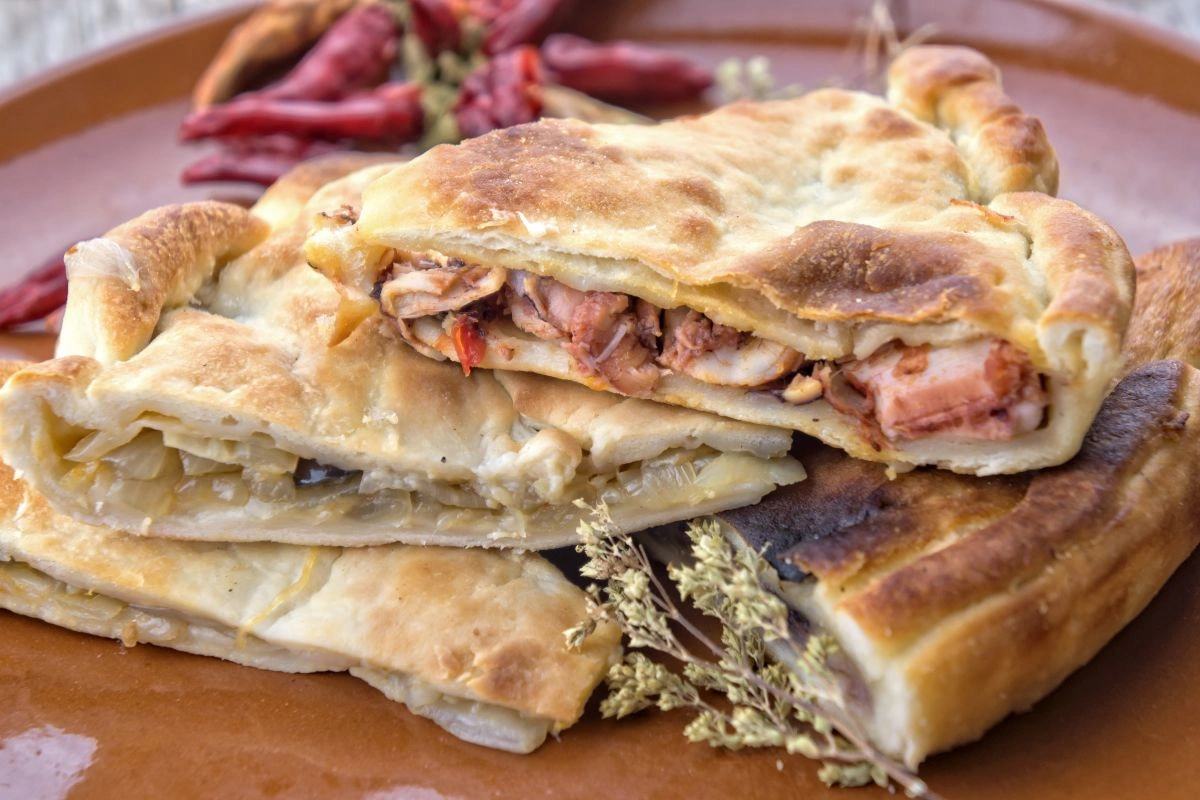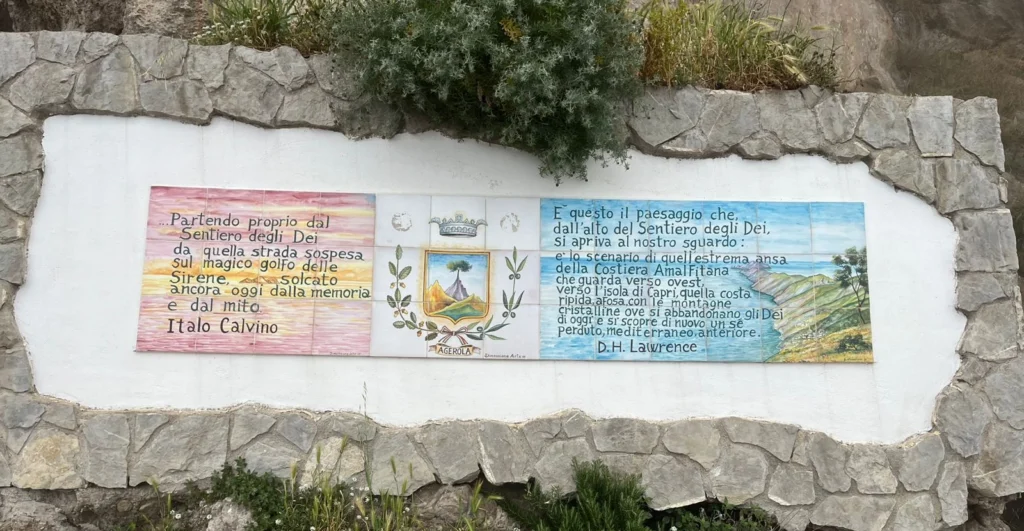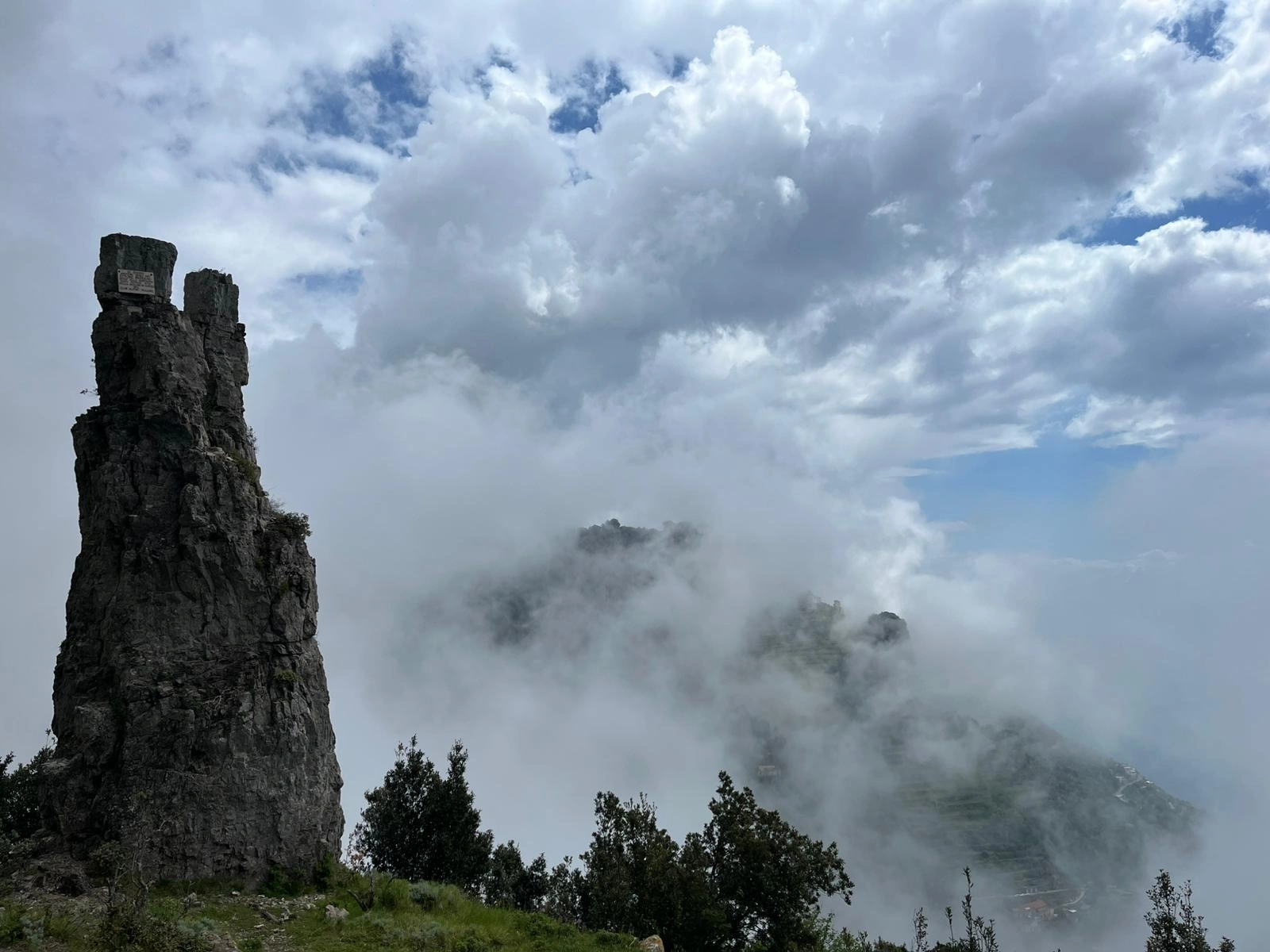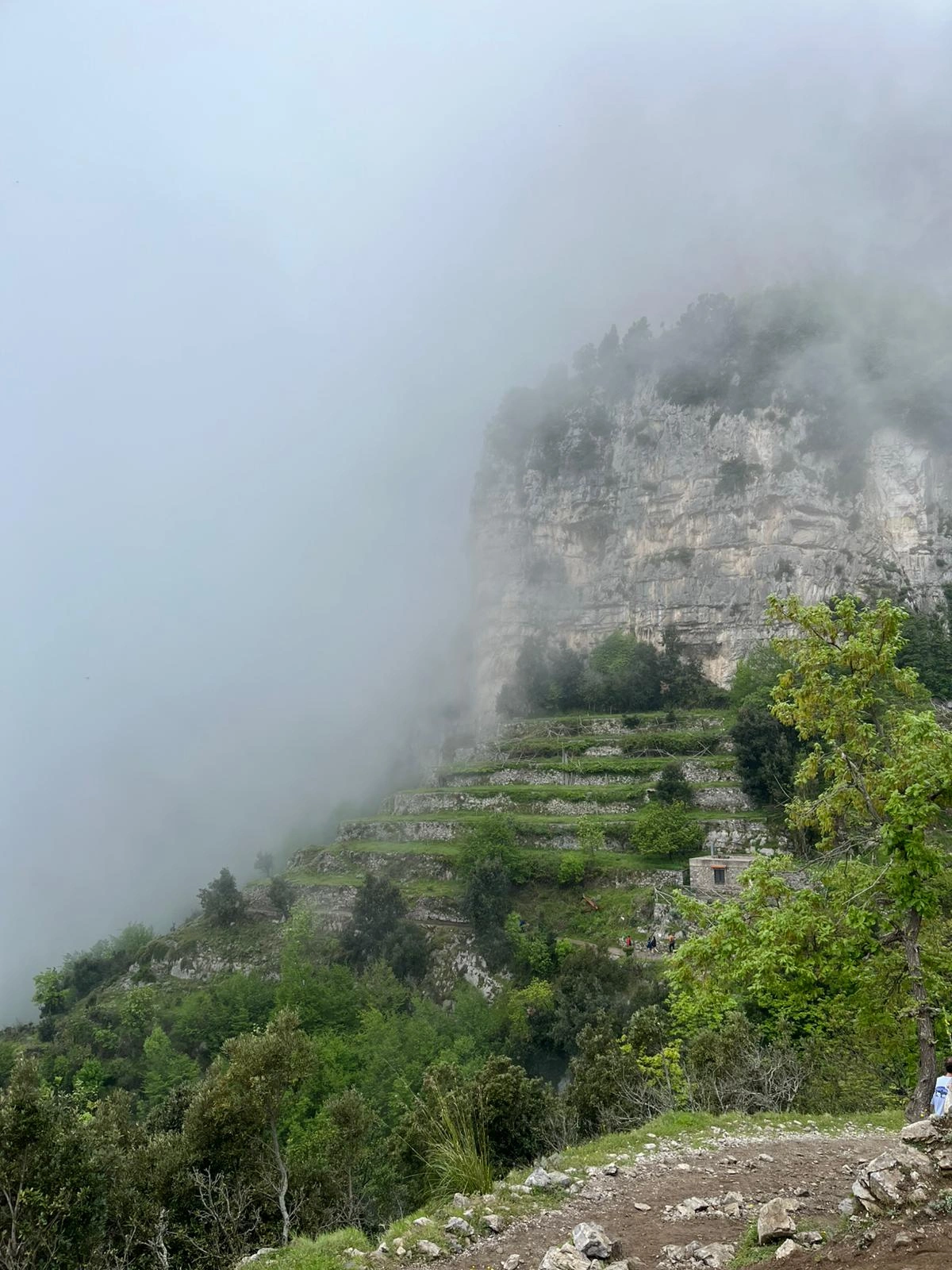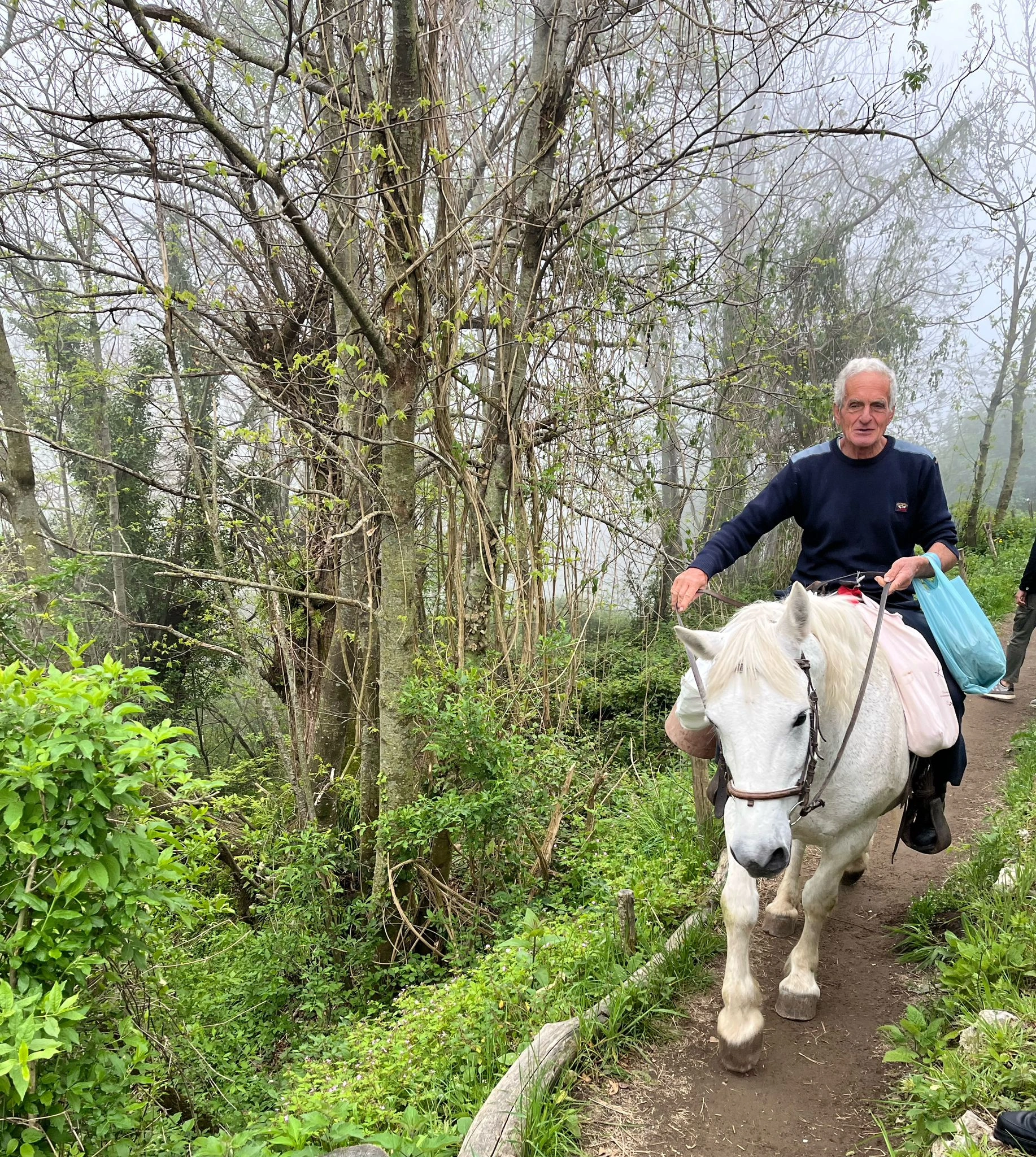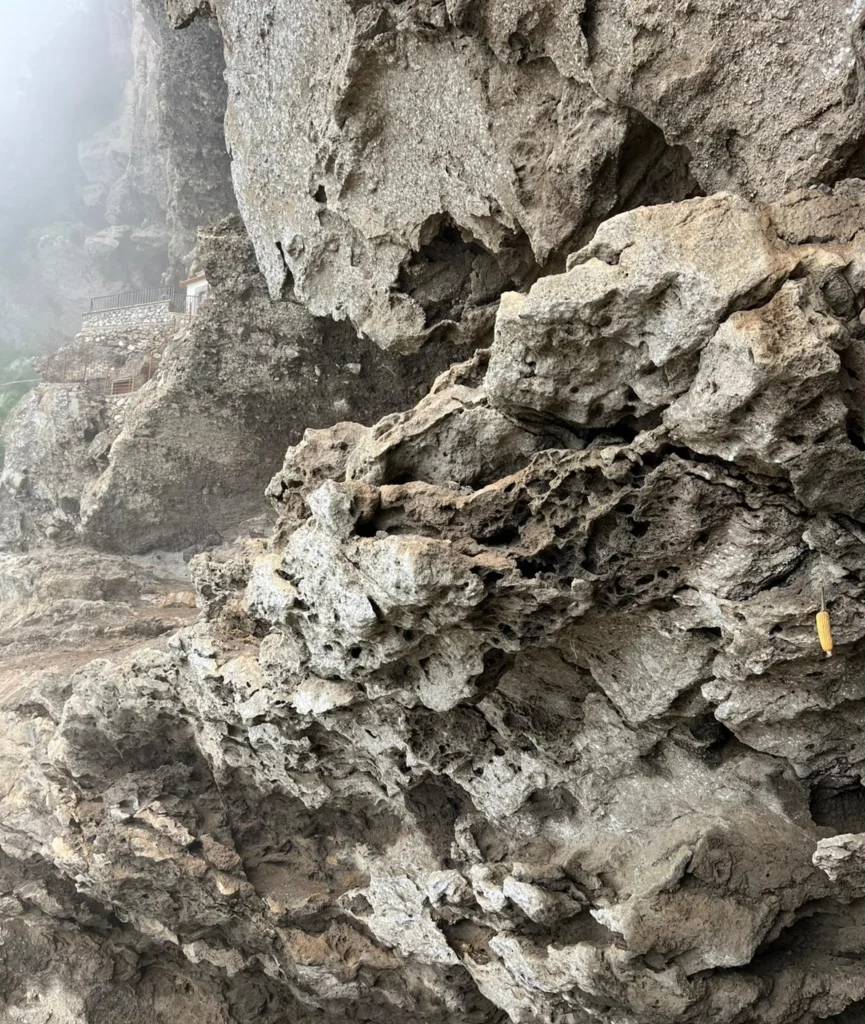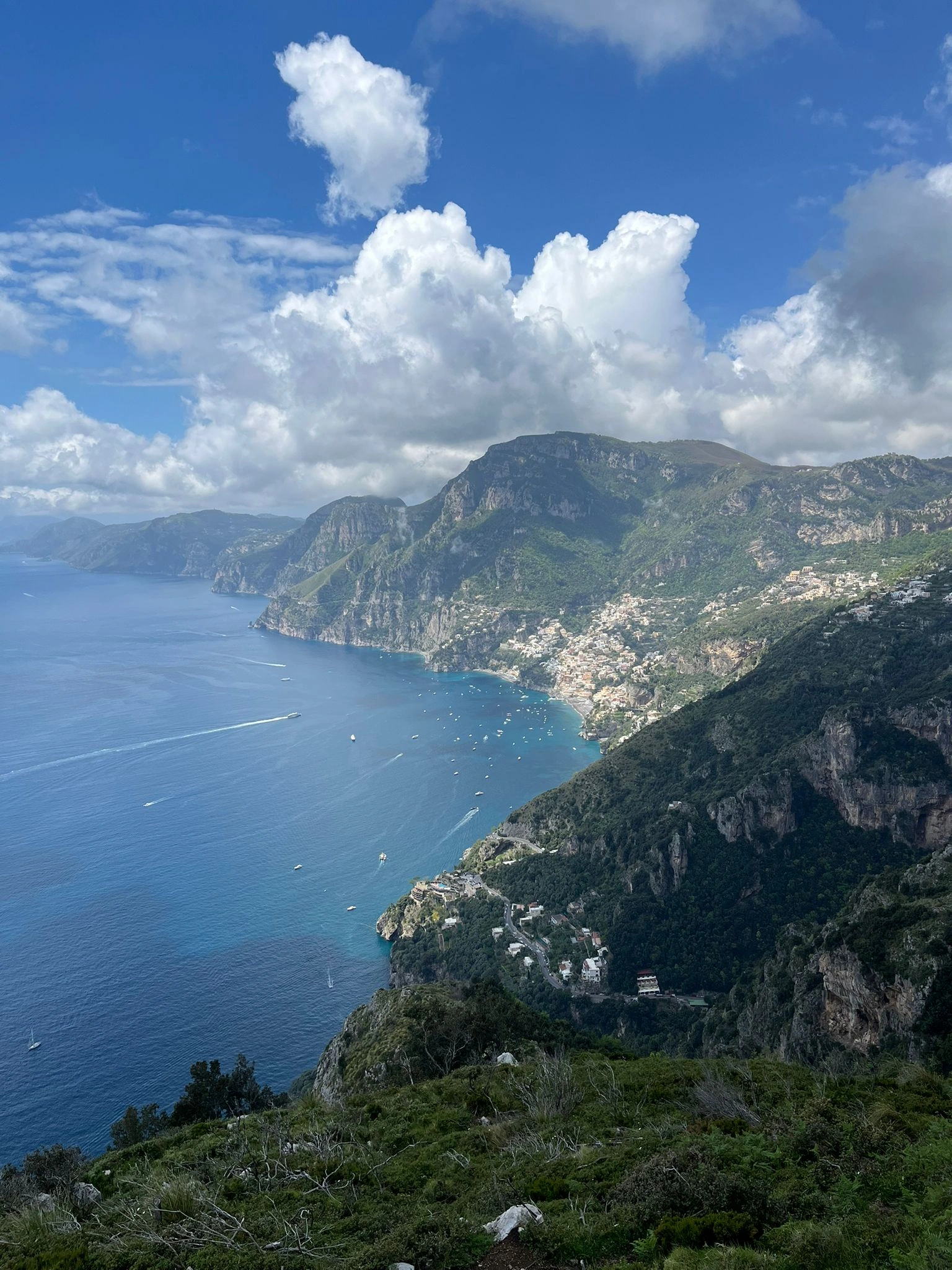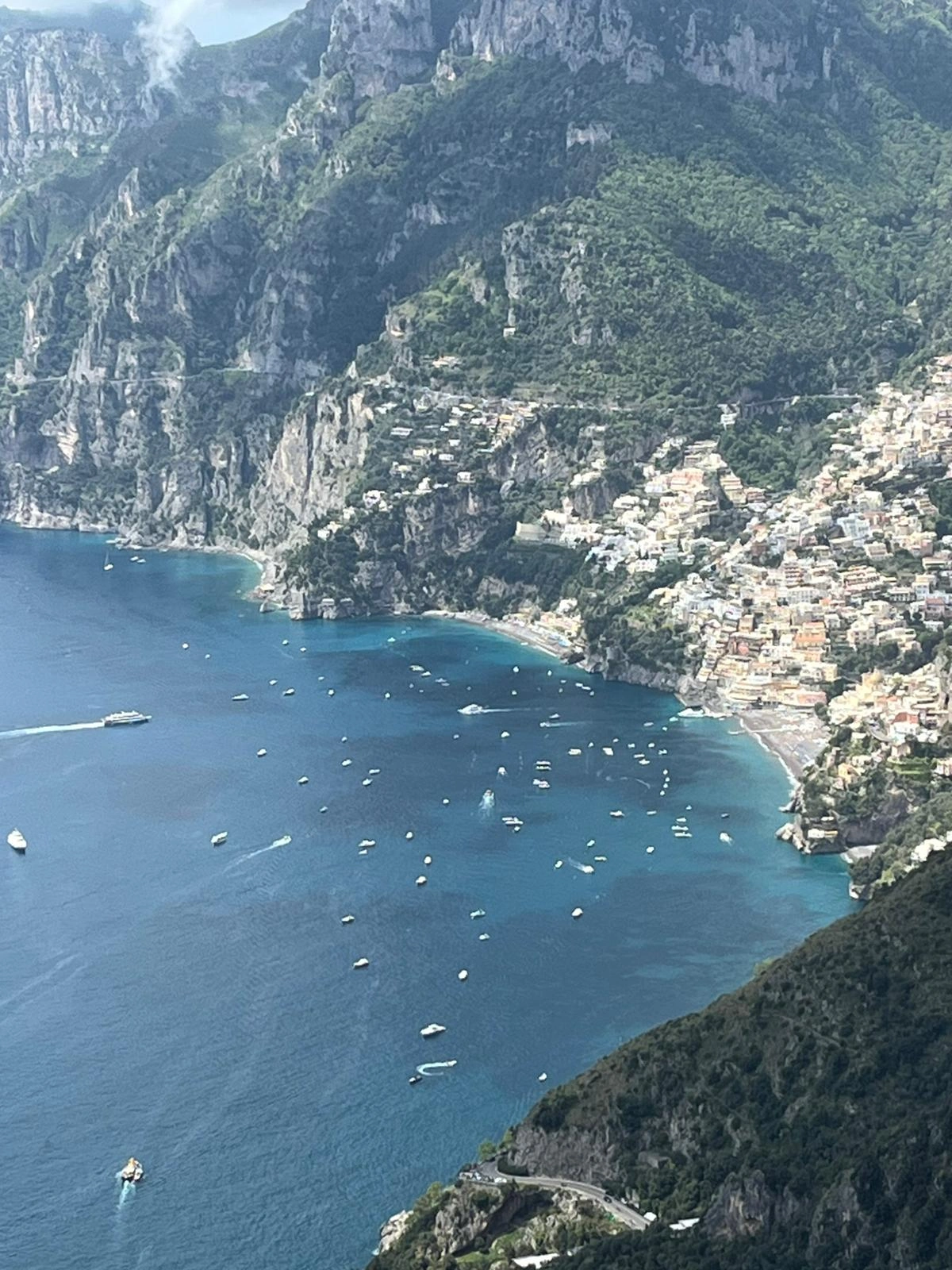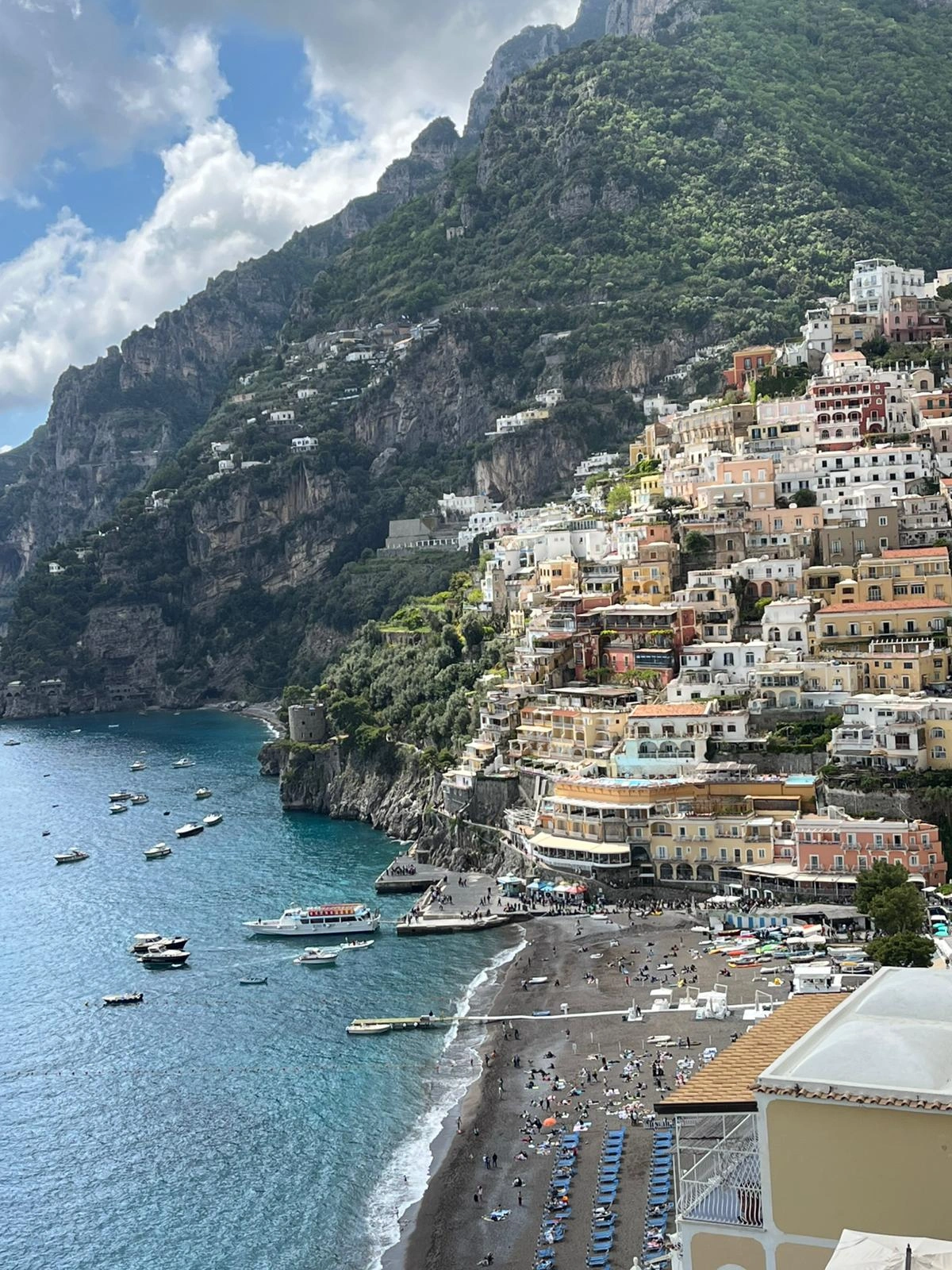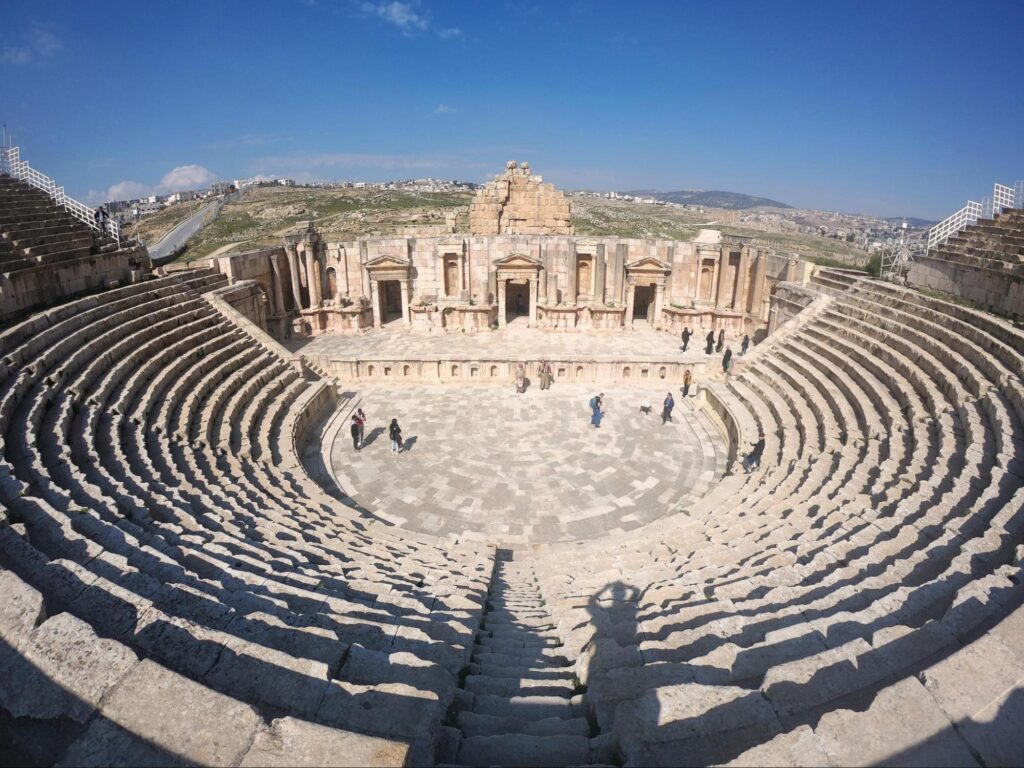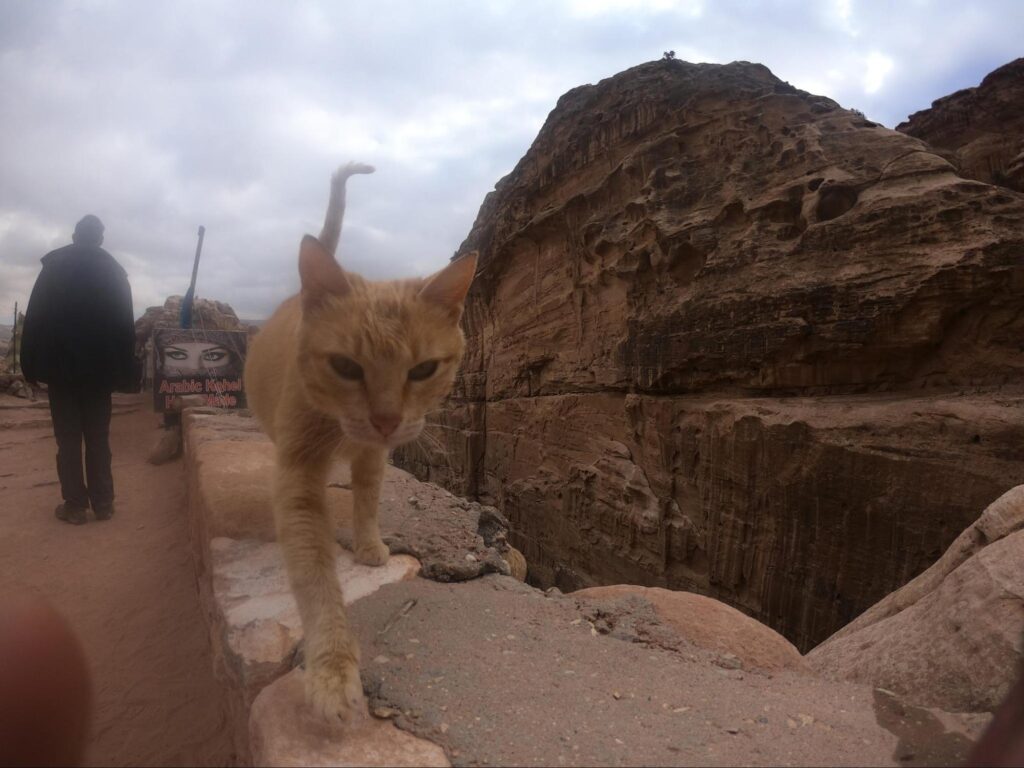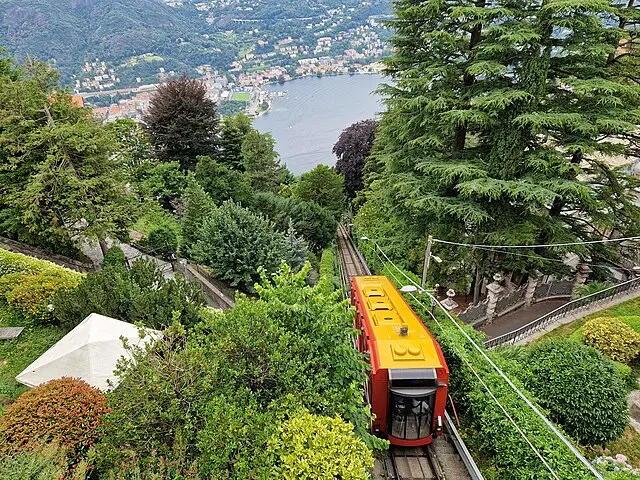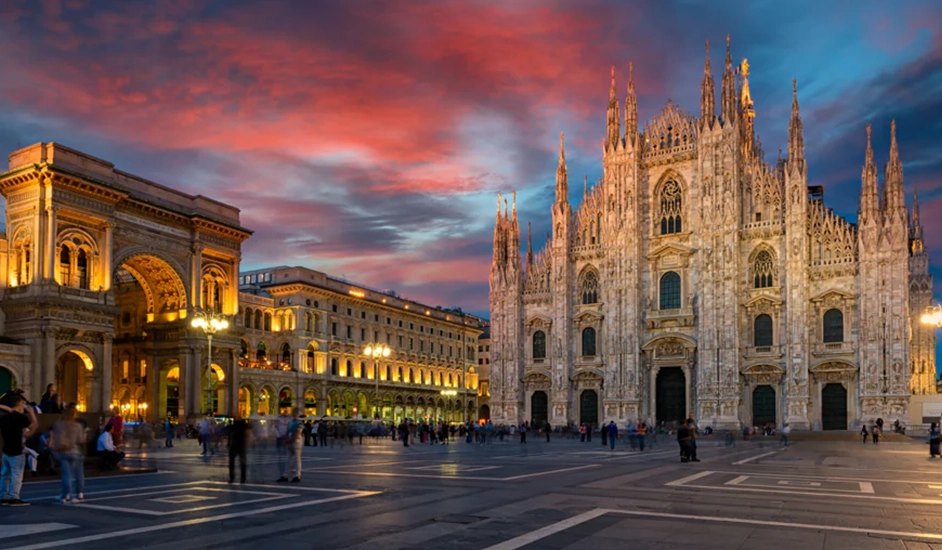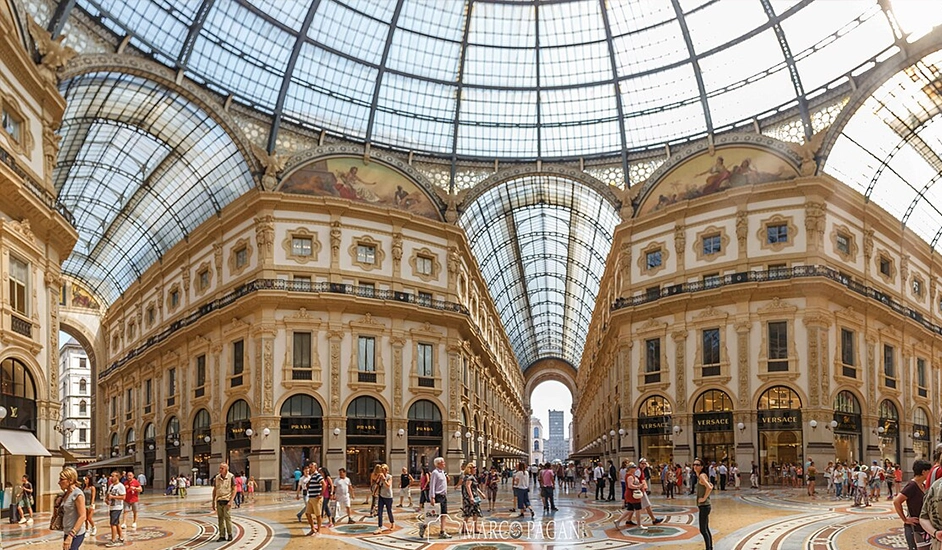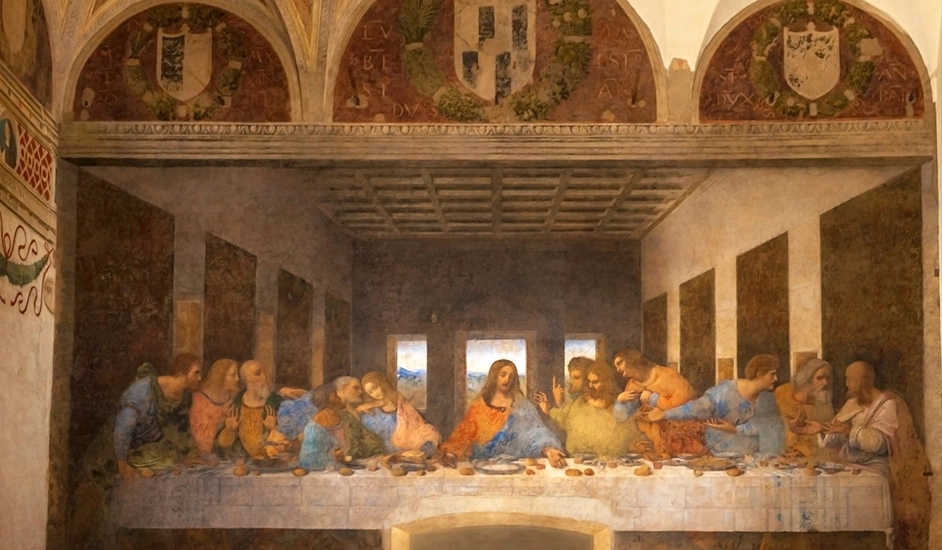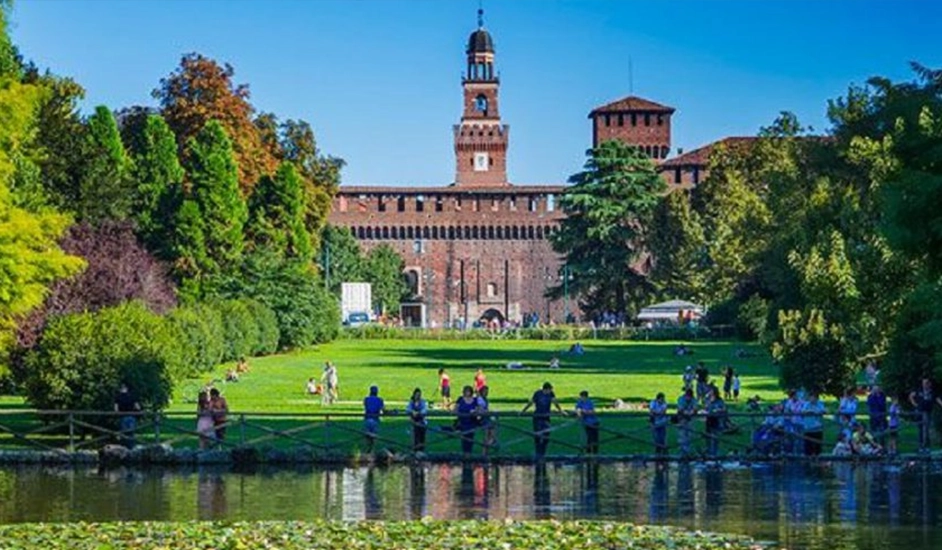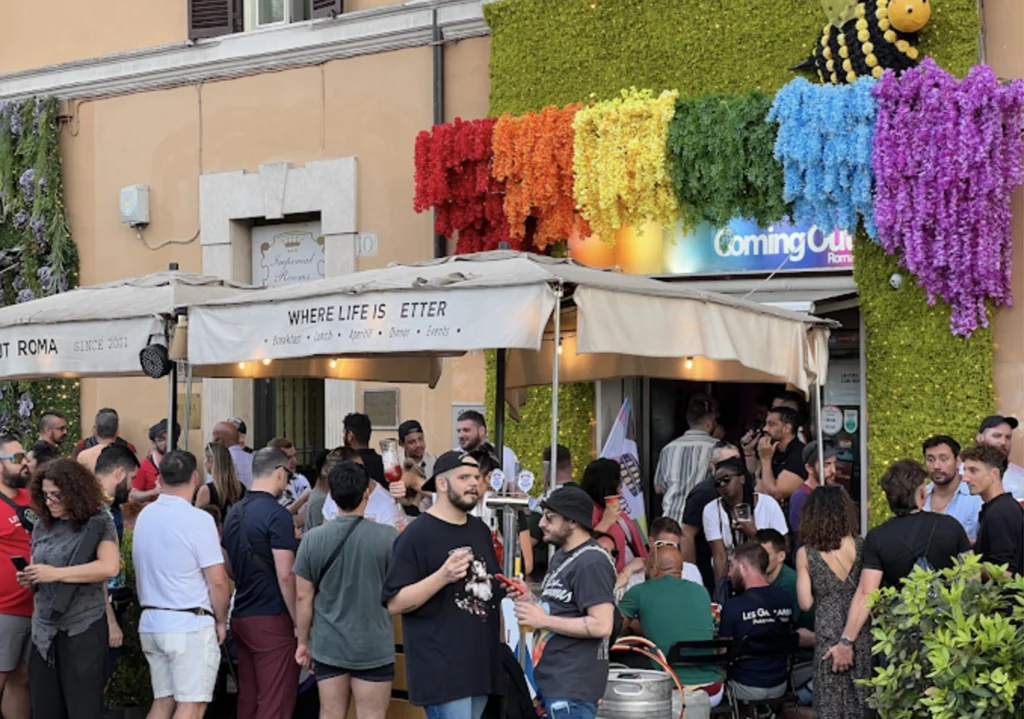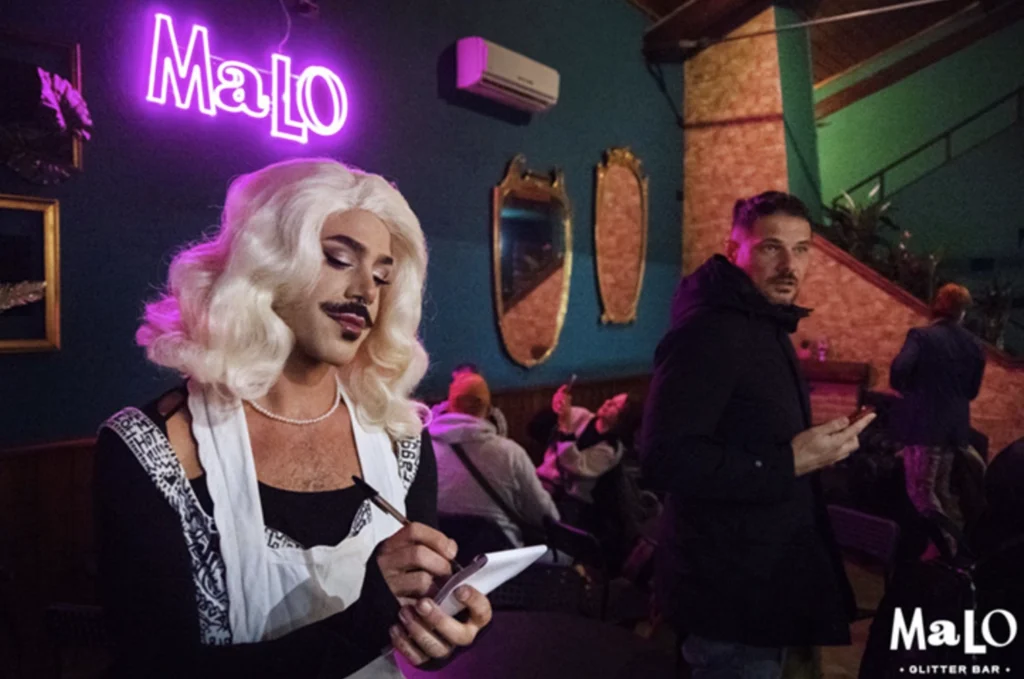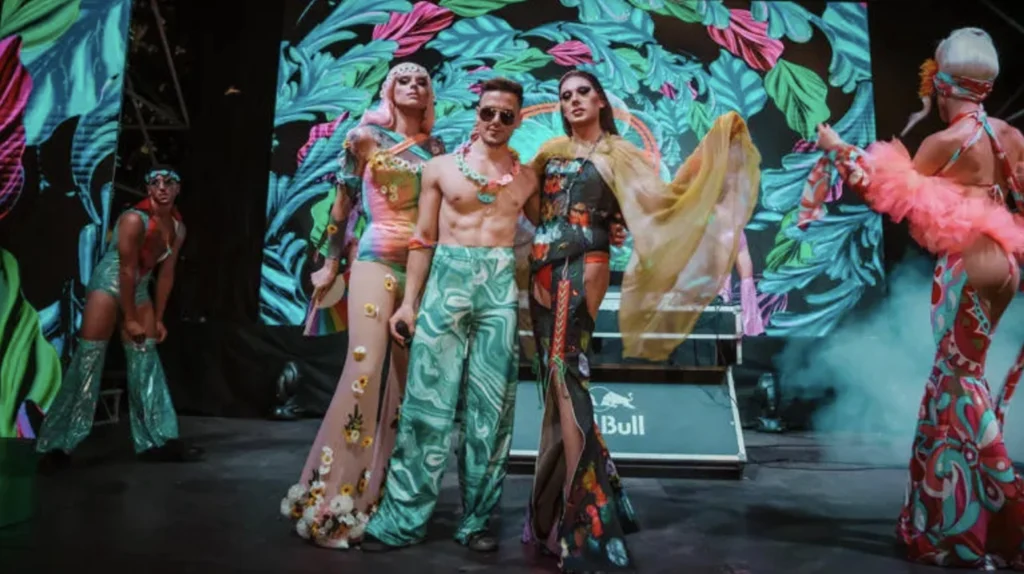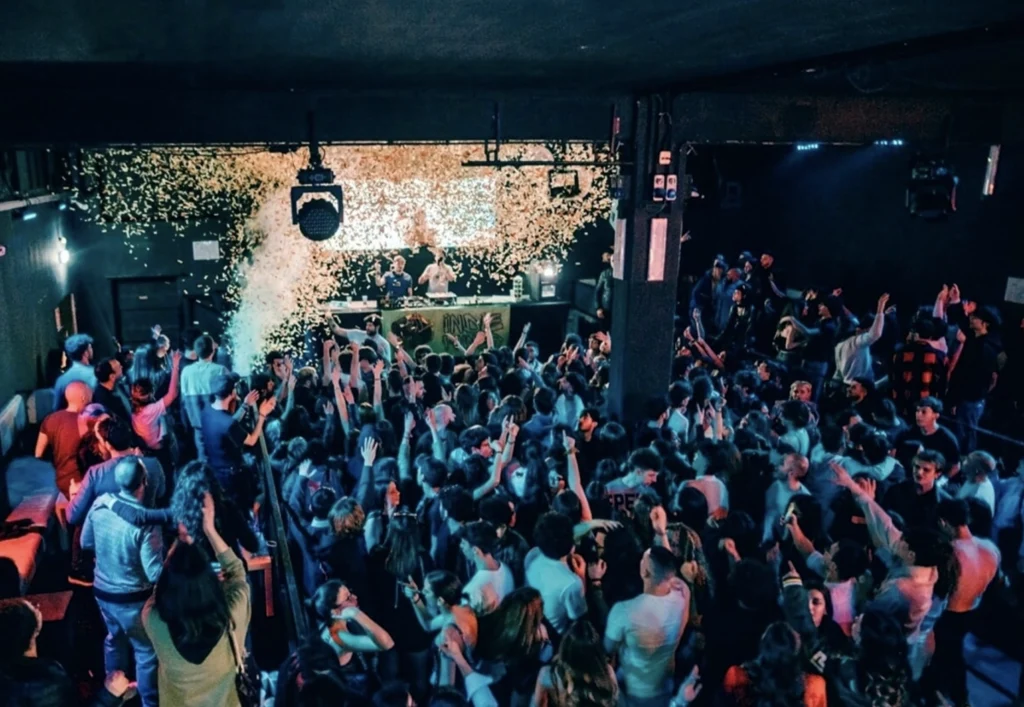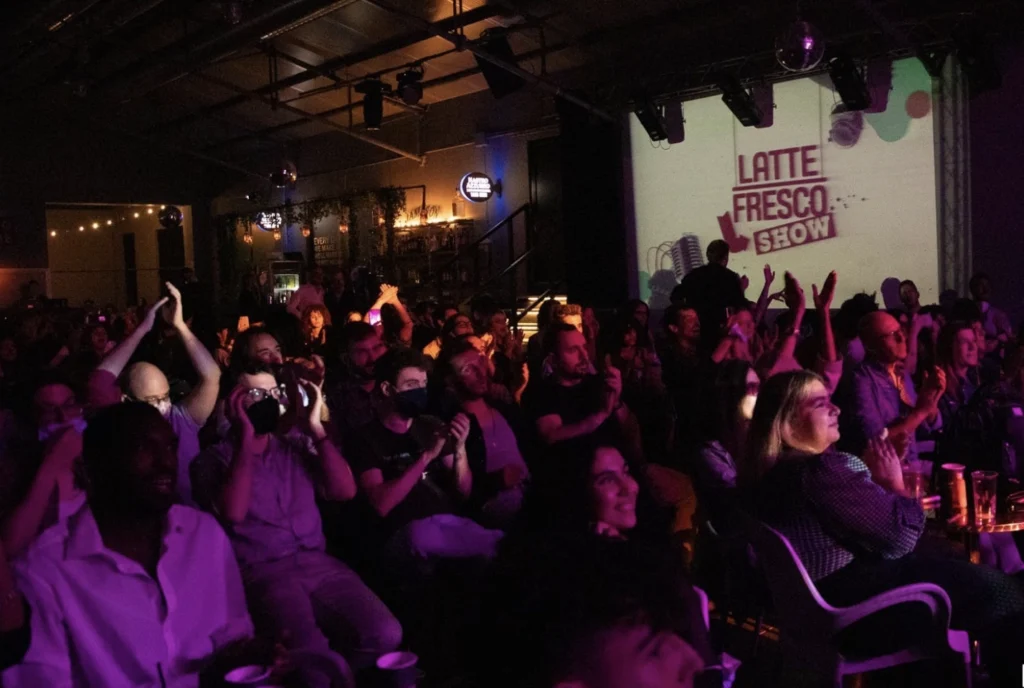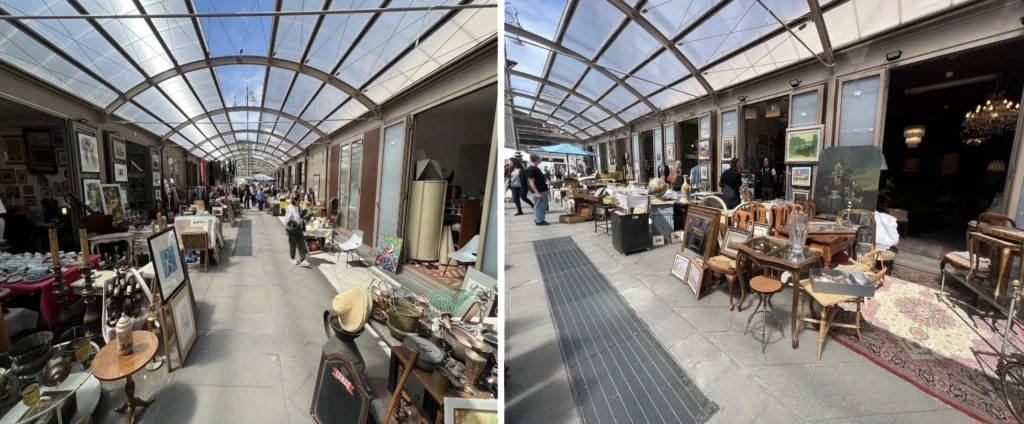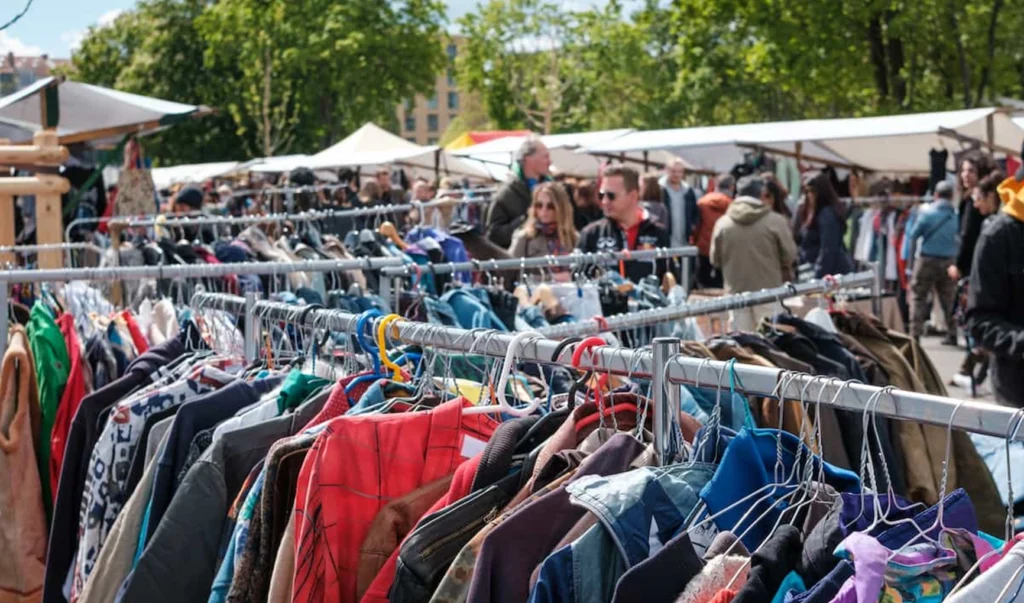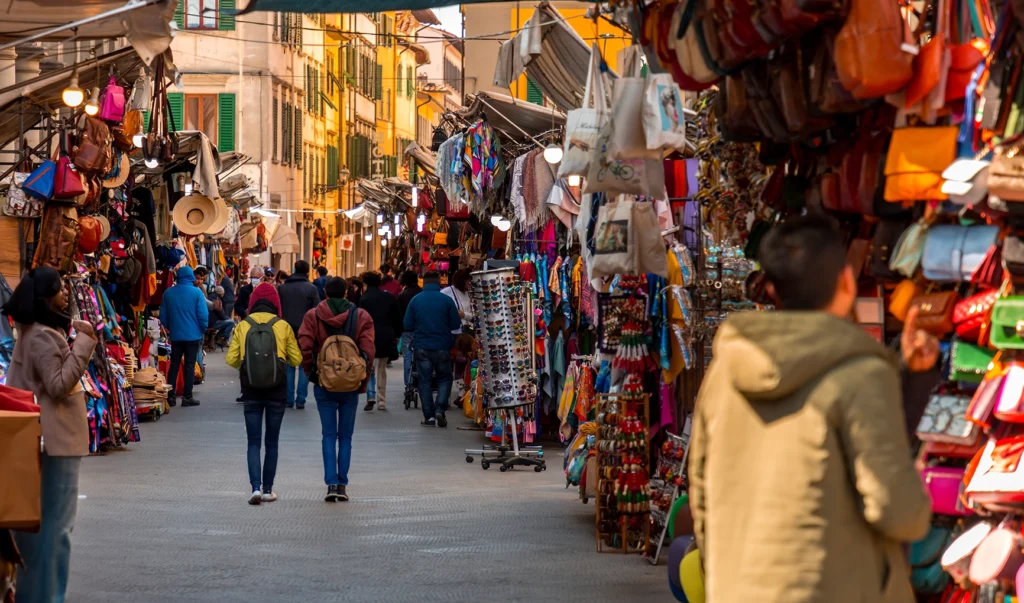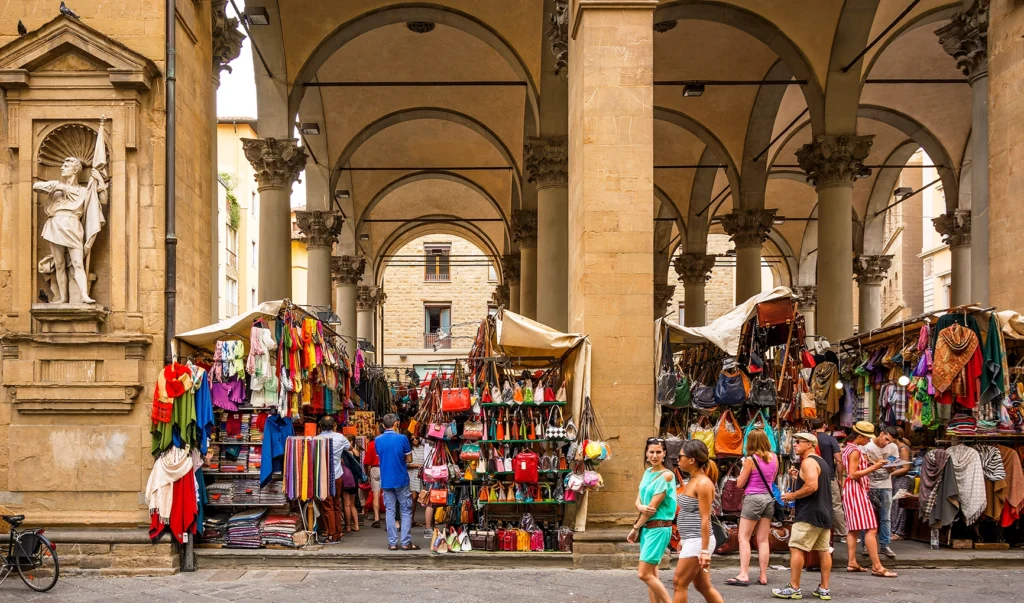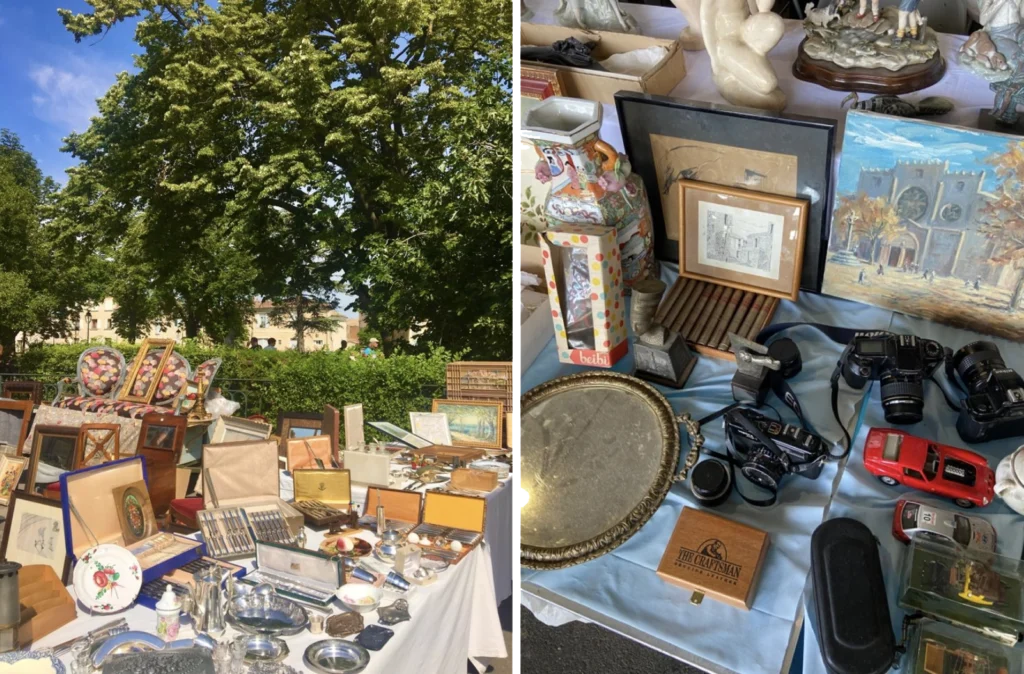Key Tips Before You Go
- Tap water is safe to drink in Athens (unlike some islands). Bring a reusable bottle and save money.
- Cash is still king. Cards work in many places, but small bakeries, kiosks, and street stands may prefer cash.
- Watch out for pickpockets in crowded areas like Monastiraki and Syntagma and on public transport.
- Public transport is reliable. The Athens Metro (STASY) is modern and clean; buses and trams cover most areas, and tickets are affordable.
- Mind the midday break. Many local shops close in the afternoon and reopen around 5–6pm.
5 Must-Visit Places in Athens
1) Acropolis & Parthenon
- €20 high season / €10 low season
- Best time: early morning or sunset (Apr–Jun, Sept–Oct)
- Tip: Wear comfy shoes—the marble can be slippery!
2) Acropolis Museum
- €10 entry
- Best time: weekday mornings
- Don’t miss the glass floors with ruins beneath and the free digital guide.
3) Plaka District
- Free to wander
- A maze of streets perfect for souvenirs, coffee, and people-watching.
4) Temple of Hephaestus / Ancient Agora
- €10 or included in the €30 combo ticket (7 sites, valid 5 days)
- Less crowded than the Acropolis and equally stunning.
5) Mount Lycabettus
- Free to hike / ~€10 funicular
- Arguably the best sunset view over Athens.
Neighborhoods to Be Aware Of
Athens is generally safe, but like any big city, there are a few spots where you should stay mindful—especially at night or if walking alone:
- Omonia – Central and busy, but less appealing after dark.
- Vathis Square – A bit rundown, with little to interest visitors.
- Exarchia – Known for protests and political gatherings.
- Agios Panteleimonas – Primarily local; not a tourist area.
- Metaxourgeio – Changing fast with cool spots, but still mixed.
What to Eat in Athens – 5 Greek Dishes
- Moussaka – baked eggplant, minced meat, béchamel.
- Souvlaki – skewered or pita-wrapped grilled meat.
- Pastitsio – the Greek version of lasagna.
- Gemista – stuffed tomatoes and peppers with rice.
- Dolmades – vine leaves stuffed with rice and herbs.
For authentic vibes, try Seychelles Athens or grab souvlaki at the classic O Kostas (Syntagma).
3 Drinks to Try
- Ouzo – anise-flavored spirit (sip slowly—strong!).
- Retsina – white wine with a pine-resin twist.
- Frappe – strong, foamy iced coffee; the city’s unofficial fuel.
Dress Code Tips in Athens
- Should I bring jeans to Greece? Yes—casual-chic works year-round.
- Is there a dress code in Athens? Day-to-day, no. For churches/monasteries, cover shoulders and knees.
- Can you wear denim shorts? Absolutely; just avoid very short cuts in churches.
- Any colors you shouldn’t wear? No restrictions—bright colors welcome.
- Dress code for the Acropolis? No strict rules; sturdy shoes recommended (skip flip-flops).
- What not to bring to Greece? Don’t fly drones near archaeological sites—fines apply.
Don’t Confuse Athens with Rome
Don’t worry it’s normal to mix the ancient histories, however keep the Colosseum for Rome, in Athens there are so other things which inspired the Romans. The only thing to do it to visit both cities and get to know the history behind those magnificent attractions.
- Does Athens have a Colosseum? No—the Colosseum is in Rome. Athens has the Acropolis (different site).
- Did the Greeks have a “Colosseum”? Not exactly. They built amphitheaters and stadiums like the Odeon of Herodes Atticus, still used for concerts.
- What’s the oldest thing in Athens? The Parthenon on the Acropolis (5th century BC).
- What “Colosseum” is in Athens? The marble Panathenaic Stadium, host of the first modern Olympics (1896).
Final Tip
Athens is chaotic, beautiful, sometimes overwhelming—but always worth it. Mix the classics (Acropolis, Parthenon) with local life (street food, rooftop bars, hidden neighborhoods). And most importantly—don’t rush it. Athens is best when you let it surprise you.
👉 Follow Athens inspo on IG: @discoverathens | @greekcitytimes



